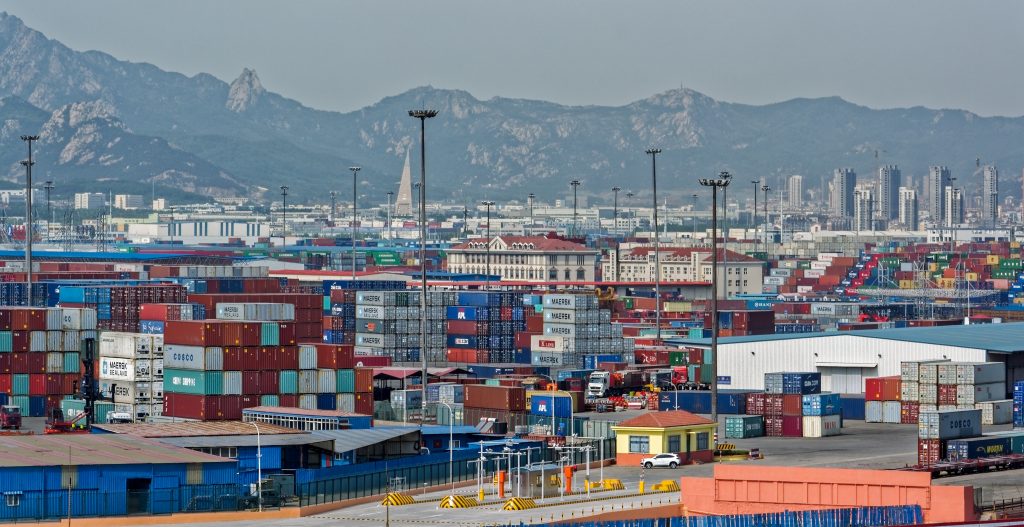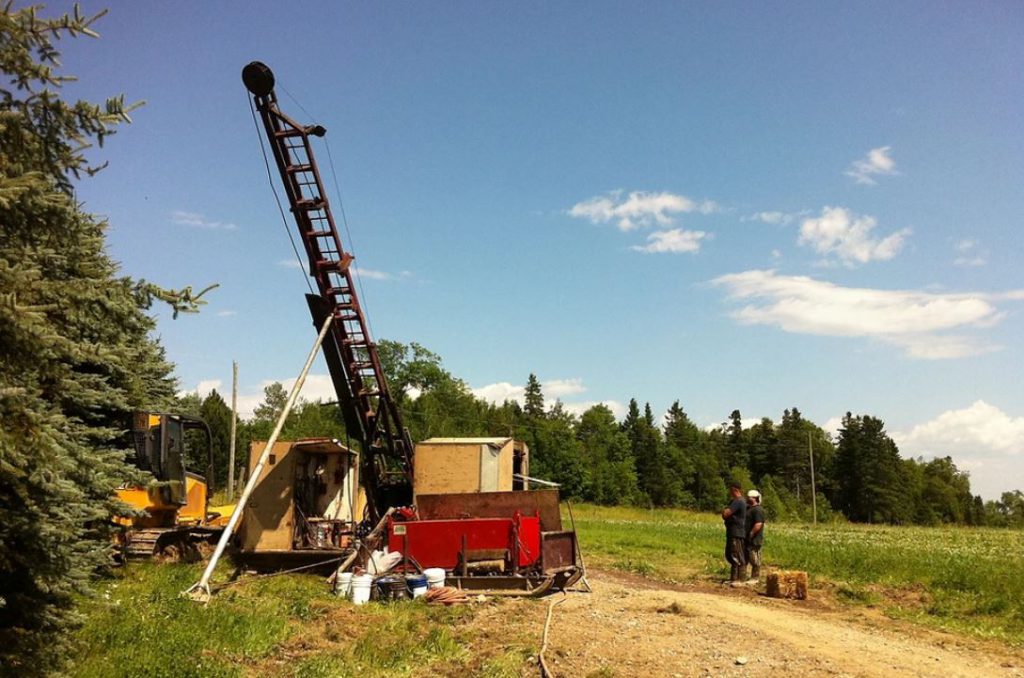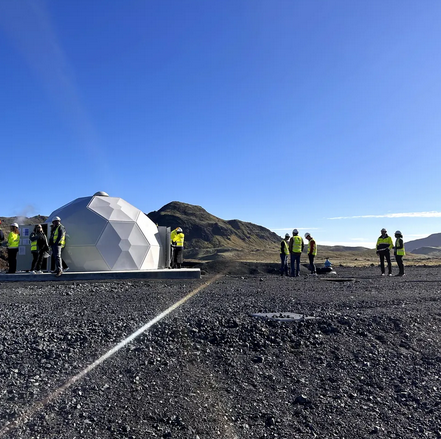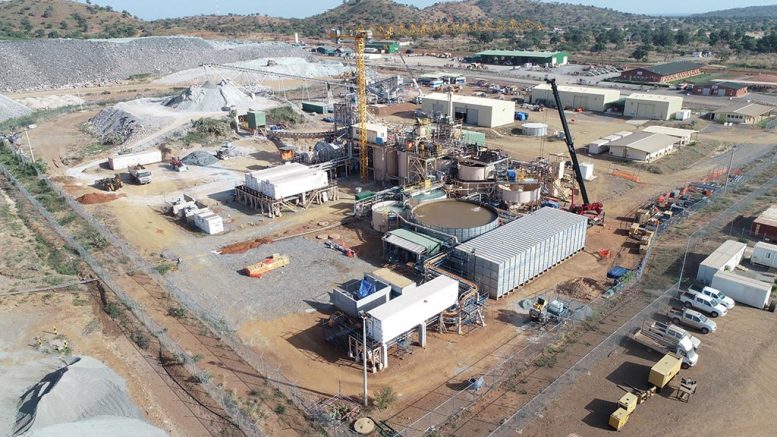Dalian iron ore, coking coal extend gains even as steel retreats

MANILA, Dec 19 (Reuters) – Iron ore futures in China rose for a second session on Tuesday, supported by demand from steel producers for high-grade raw material to boost productivity.
Iron ore prices had previously tracked movements in the steel market, but the gains in the raw material came even as steel futures retreated. Coking coal prices jumped nearly 6 percent.
The most-traded iron ore on the Dalian Commodity Exchange advanced 0.8 percent to close at 528.50 yuan ($80) a tonne, adding to Monday’s 7.1-percent spike.
“The preference for high-grade iron ore is still there, but I didn’t see any tightness in supply,” said a Shanghai-based iron ore trader.
“But currently the physical market continues to follow paper trading, so we’ll see spot prices rising further.”
Iron ore for delivery to China’s Qingdao port <.IO62-CNO=MB> surged 3.7 percent to $74.15 a tonne on Monday, the strongest level since Sept. 13, according to Metal Bulletin.
“The rally in iron ore over recent months has wrong-footed many investors who anticipated that China’s winter environmental controls would have a far more negative impact on the spot price than has been the case so far,” Ric Spooner, chief market analyst at CMC Markets, said in a note.
Iron ore prices had largely followed those of steel, which had been spurred higher by tighter supply after China ordered 28 cities to curb steel output during winter to fight pollution.
Iron ore prices had rallied even as stockpiles of the commodity at China’s ports continued to balloon.
Inventory of imported iron ore at the country’s major ports reached 143.57 million tonnes as of Dec. 15, the highest since at least 2004, according to data tracked by consultancy SteelHome. <SH-TOT-IRONINV>
Coking coal futures climbed 5.6 percent to 1,379.50 yuan a tonne, after soaring by their 8-percent limit on Monday.
Rebar on the Shanghai Futures Exchange slid 1.7 percent to 3,791 yuan a tonne, but was still up by 46 percent for the year.
($1 = 6.6157 Chinese yuan)
(Reporting by Manolo Serapio Jr.; Editing by Joseph Radford and Subhranshu Sahu)
More News
Manganese X Energy poised to begin pre-feasibility study at Battery Hill
April 11, 2025 | 02:39 pm
Carbon removal technologies could create tens of thousands of US mining and quarry jobs – report
April 11, 2025 | 01:33 pm
{{ commodity.name }}
{{ post.title }}
{{ post.date }}




Comments